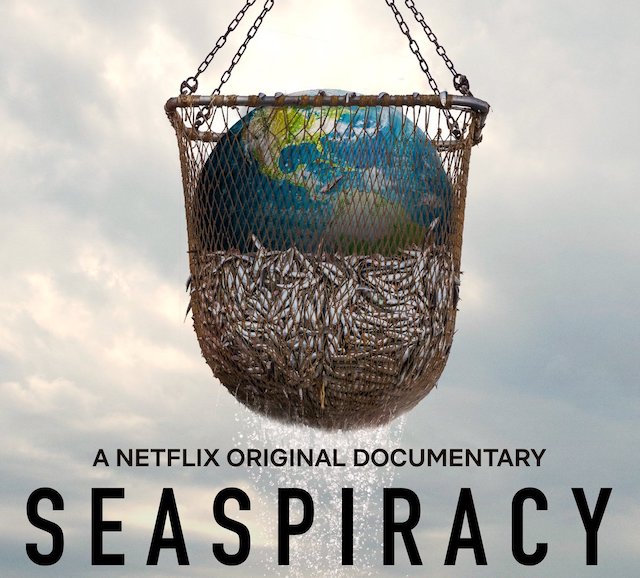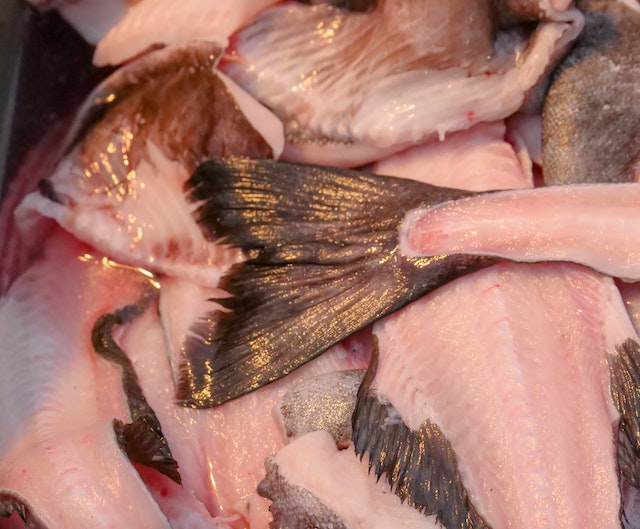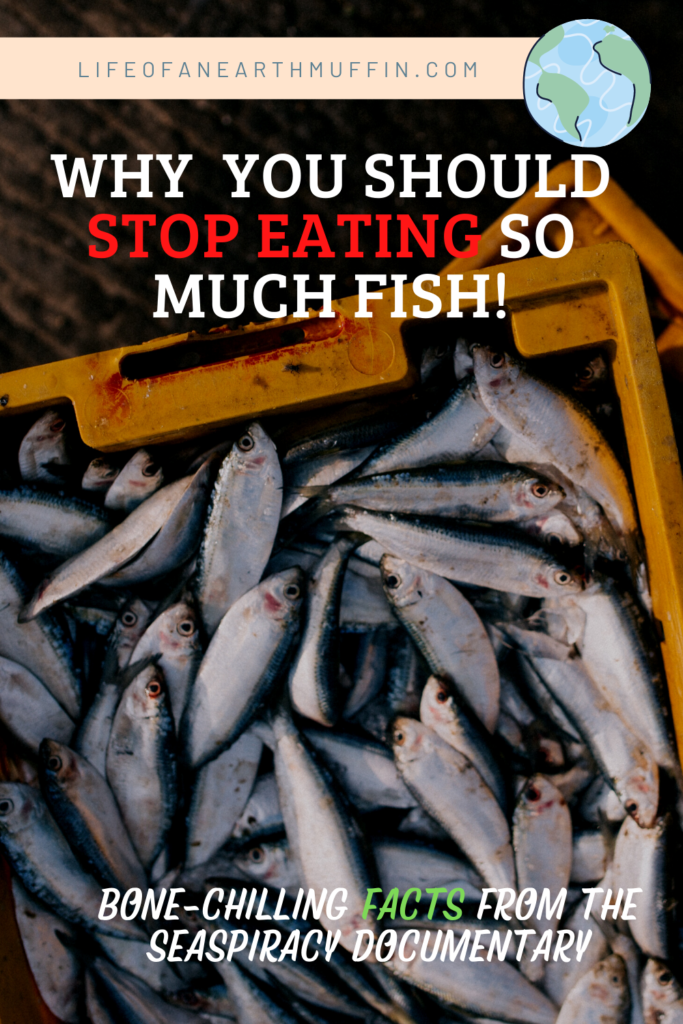Hey earth muffins! As many of you know, I have been a vegetarian for over two years now. I technically should say I have been a pescatarian, as I have been eating fish. However, I watched the documentary Seaspiracy on Netflix a couple of months ago and vowed to myself that I would also slowly cut out fish in my diet too. This documentary was eye-opening and made me cry on my couch; so, I thought I would share some facts with you all today. While seen as a “sustainable” alternative to beef and chicken, fish has a huge detrimental effect on the planet too. Here are the top reasons why you too should stop eating fish so often.

Commercial fishing is a greater threat to marine life than we think – even compared to oil spills!
We have all learned about the BP Deepwater Horizon oil spill back in 2010. The media flooded the news with images of animals drowning in oil and dead sealife scattering the coast. Did you know that the fishing industry in the Gulf of Mexico destroys more animals in a day than the Deepwater Horizon oil spill did in months? Yeah, neither did I. The fishing industry is harmful for multiple reasons. First, many animals die as “bycatch”. Bycatch is defined as “non-target marine catch who are left dead or dying as a result of the fishing industry”. This includes dolphins, turtles, sharks, and even whales. The methods used by commercial fishing vessels also destroy the ocean floor where bottom trawling fishing occurs. This obviously impacts corals, as well as the habitats of sea life. Seaspiracy estimated that about 3.9 billion acres of sea bed are destroyed each year by bottom trawling fishing. That’s the equivalent of deforesting 4,316 soccer fields every minute.
Even if you buy fish that is labeled as “bycatch free”, that is usually not the case.
According to the documentary, more than 300,000 whales and dolphins are killed each year as bycatch. 30,000 sharks are killed every single hour and 250,000 sea turtles are injured or killed (in the U.S. alone). With these horrific statistics, you will obviously opt for a can of tuna that has the “dolphin safe” or “bycatch free” label on it… But sadly, those labels mean absolutely nothing; they are just a marketing strategy. Once a fishing boat gets out on the ocean (with little or no supervision), there is no way to guarantee that any product is bycatch free. It is just impossible. The documentary shared the story of catching one fishing vessel working for a Dolphin Safe tuna brand; they killed 45 dolphins to catch just eight tuna fish. The only solution is to reduce or stop eating fish at all.

Fishing nets make up 46% of the Great Pacific Garbage Patch.
When we talk about plastic, most of the messaging is around reducing plastic straws, Q-tips, water bottles, and plastic bags. That video of the poor turtle with a straw in his nose went viral and sparked the ‘ban plastic straws’ wave. BUT, most of the plastic waste in the ocean comes directly from the fishing industry. From discarded nets to other gear, almost half of the crap in our oceans is from fishing. Less than 1% of the plastics in the ocean are plastic straws. These fishing nets are more dangerous than any plastic straw because they are designed to trap and kill fish. Just imagine the danger of having them just float around the ocean as waste!
The fishing industry gets $35 billion in subsidies each year.
A fishing subsidy is “any use of government funds to specifically help the fishing industry. This could be anything from a cash payment, to tax breaks to free services, like building a port or infrastructure”. In 2018, the US, the EU, Korea, Japan, and China, gave the fishing industry subsidies of $35.4 billion. These countries are basically paying money to increase overfishing which directly impacts our oceans (and the ultimate downfall of our planet) in an aboslutely horrible way. On top of that, it is estimated that it would cost $33 billion a year to end world hunger…. Seems like we might want to evaluate our priorities.

Final Thoughts on Seaspiracy
If you haven’t already, I would encourage you to watch the Seaspiracy documentary on Netflix. It isn’t a happy documentary by any means – be warned that you will learn a lot about things that will make you angry, sad, or both. I personally love documentaries that truly get the point across to anyone who watches, and this one does just that. I hope these facts have made you think about possibly reducing the amount of fish you consume. There is no such thing as “sustainable fishing”, so the best thing to do is stay conscious of what you eat and to stop eating fish. What are your thoughts on Seaspiracy? Comment below and let me know if you will reduce your fish consumption!
Love,
Jenna ♥
